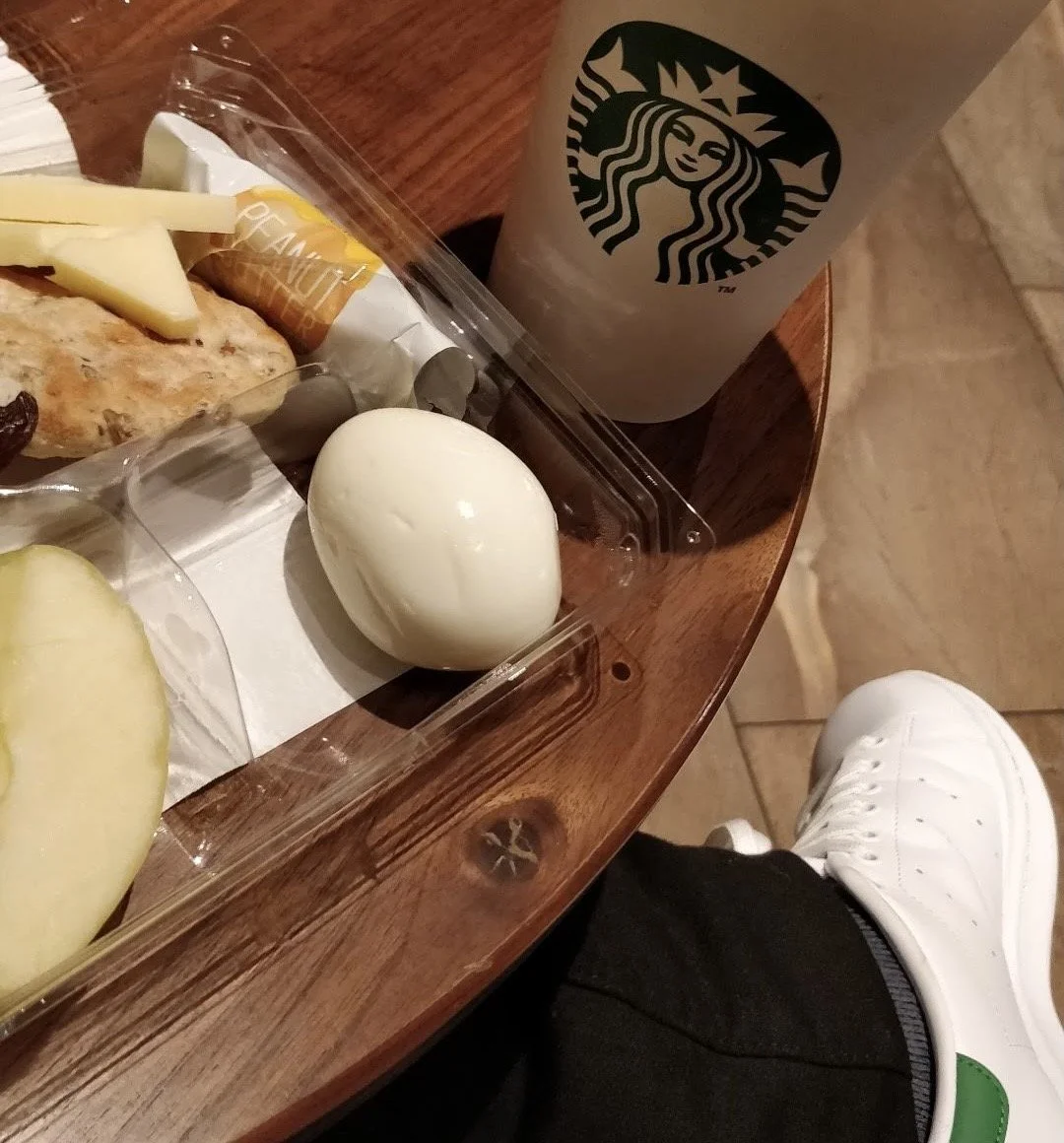Starbucks and the Myth of the ‘Third Place’
Starbucks promised to be more than a coffee shop. Embracing an open-door policy, inviting everyone—patrons or not—to use its spaces freely, it wanted to establish a vision of being a communal ‘third place,’ a haven between home and work. It was a brilliant idea. Cozy seating, warm lighting, and the intoxicating aroma of coffee created an environment that whispered: stay awhile, connect, belong.
But here we are in January 2025, watching that dream dilute. Their new code of conduct mandates that only paying customers can access the seating areas and restrooms. Additionally, mobile orders, drive-thrus, and the rush of modern convenience are redefining the Starbucks experience. Now, it’s less about lingering and more about efficiency. While the coffee still steams in your hand, the sense of community has cooled. And maybe that’s inevitable.
Let’s face it—no for-profit brand can be a true “third place.” Sociologist Ray Oldenburg’s concept wasn’t just about physical space; it was about inclusivity, accessibility, and serendipity. It’s a café where someone nursing a single espresso is as welcome as the couple ordering a four-course breakfast. But that’s hard to sustain in a business built on profit margins.
Starbucks is no villain in this story—it’s a business. And the most it can realistically aspire to be is a third place for an exclusive, paying audience. That’s not inherently wrong, but it’s a far cry from the utopian ideal of community it once sold us.
So, what’s the takeaway here? It’s time to acknowledge the limits of commercial “third places.” If we want spaces where people truly belong—where the experience isn’t tied to what you buy—we need to look beyond luxury coffee brands. We need to invest in libraries, public parks, and secular spaces that prioritize connection over commerce.
The third place was never meant to have a price tag. And that’s something worth brewing over.
